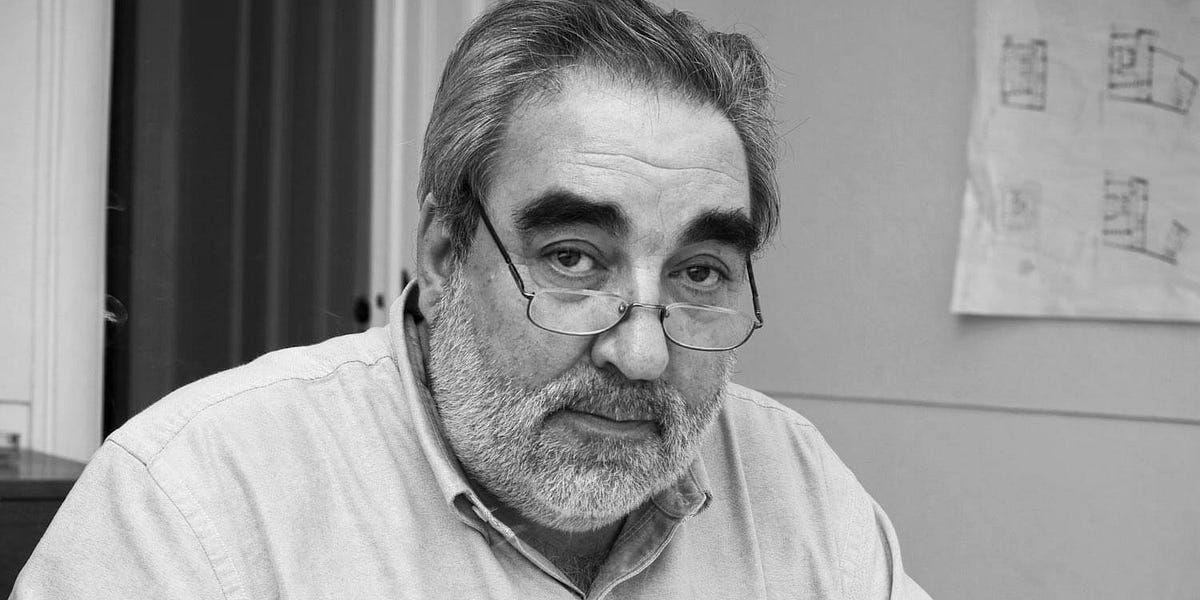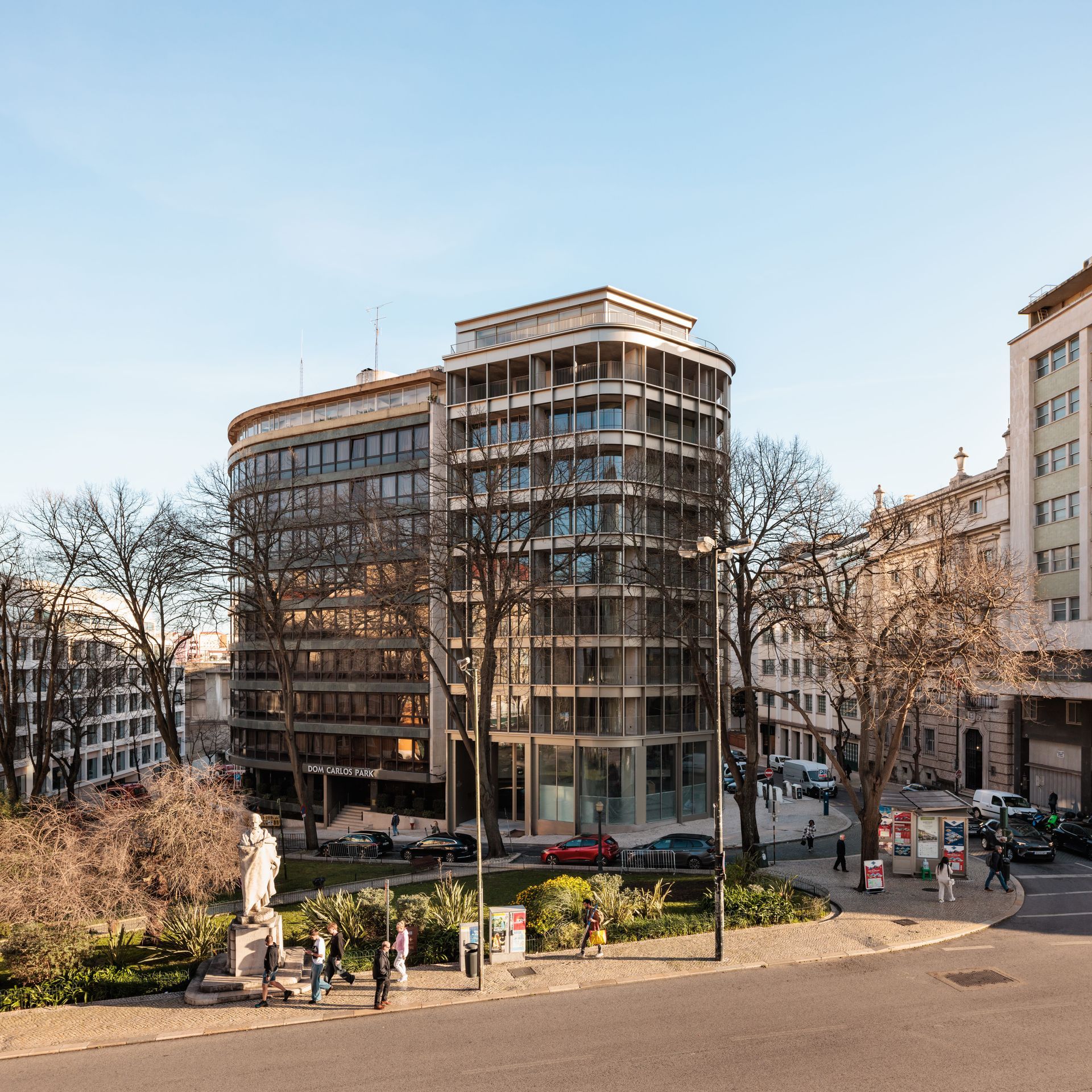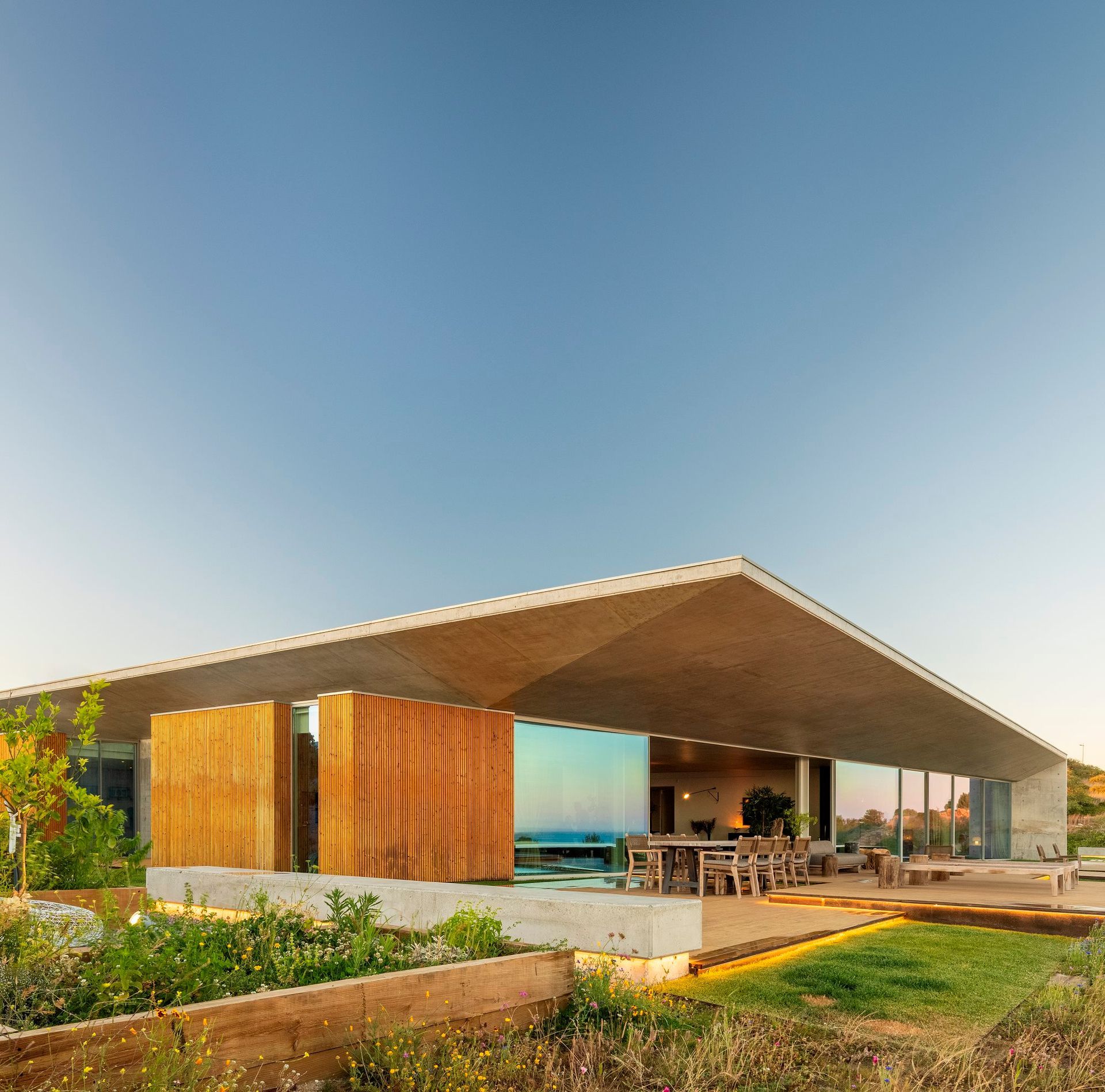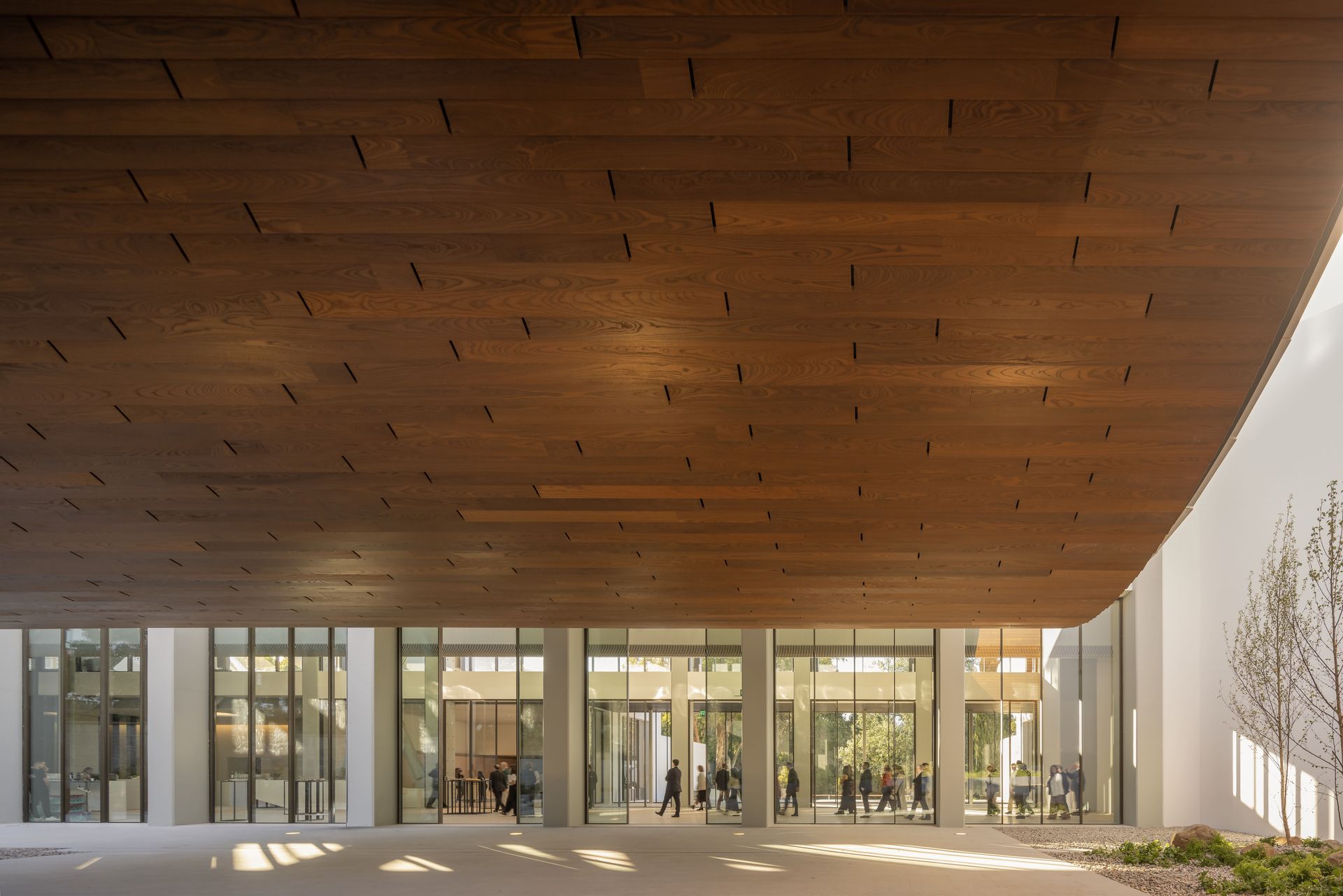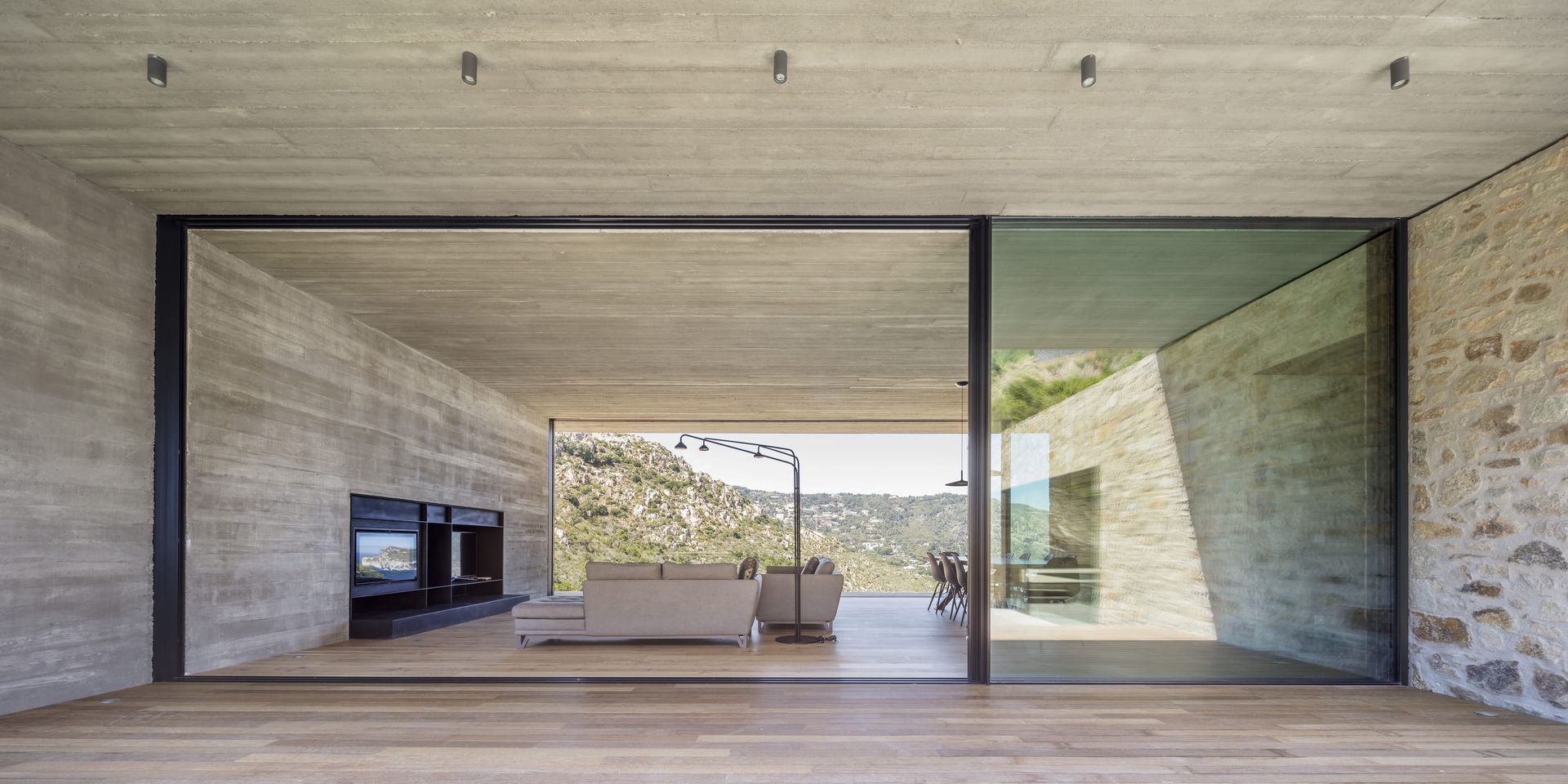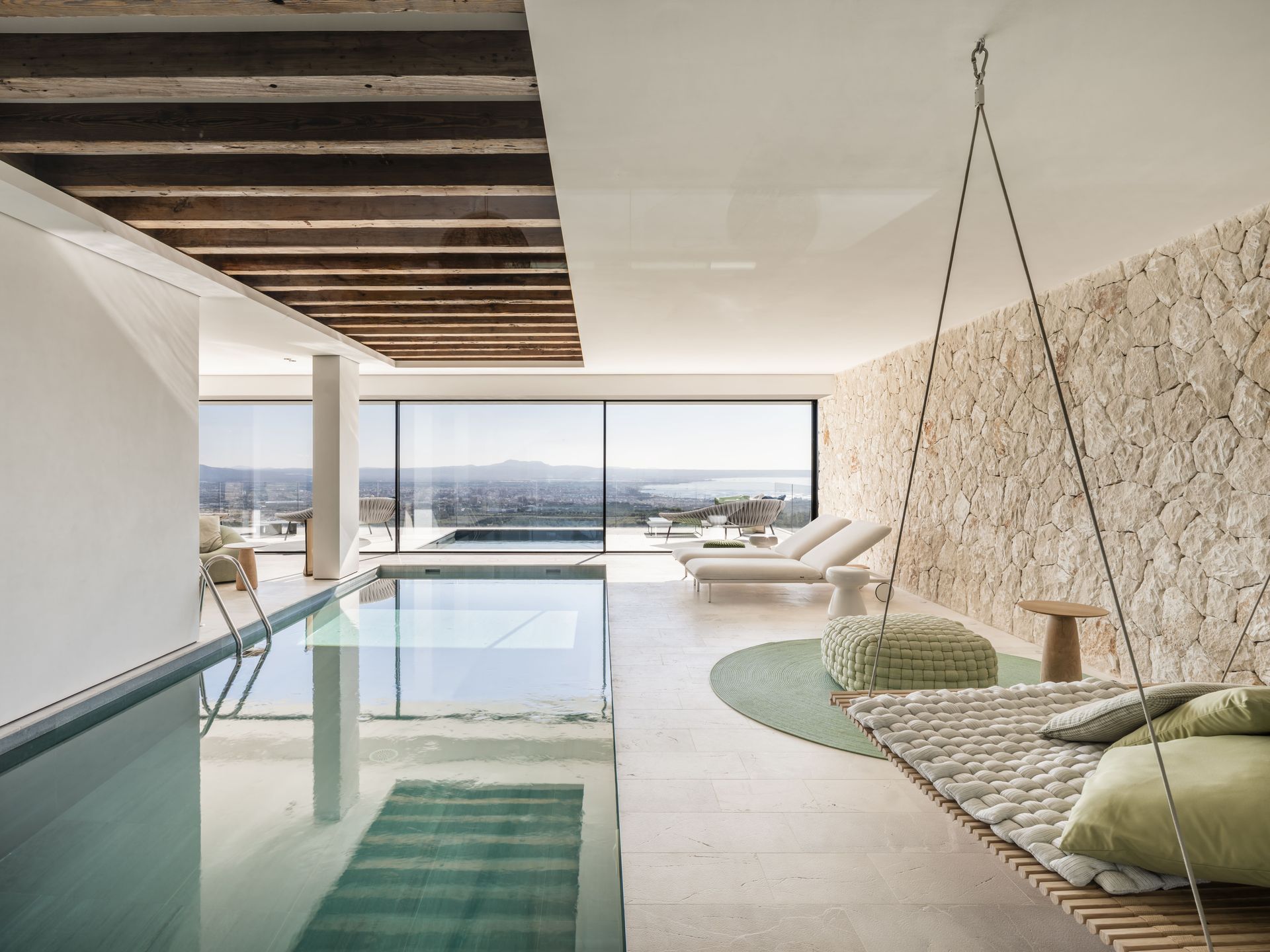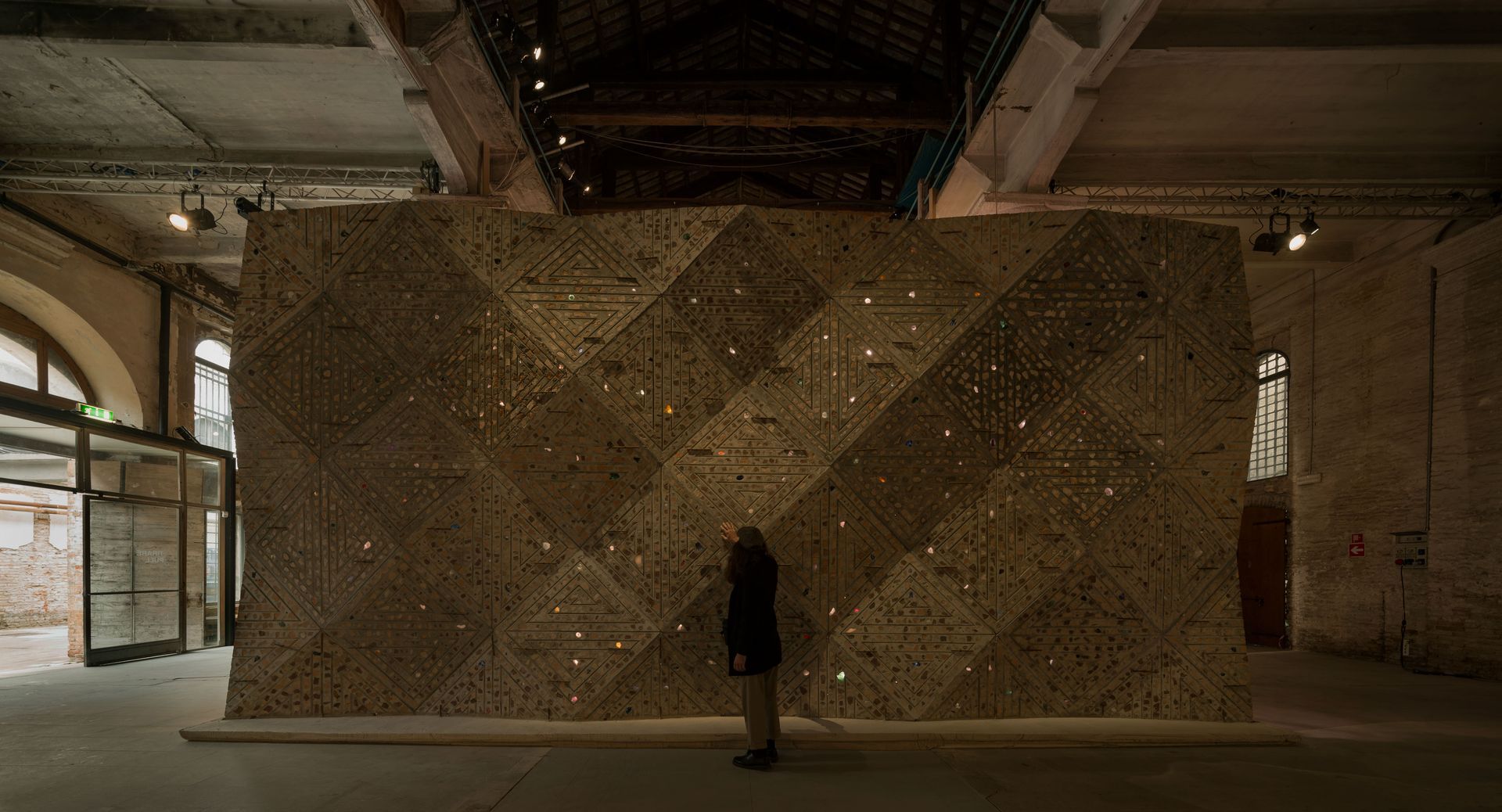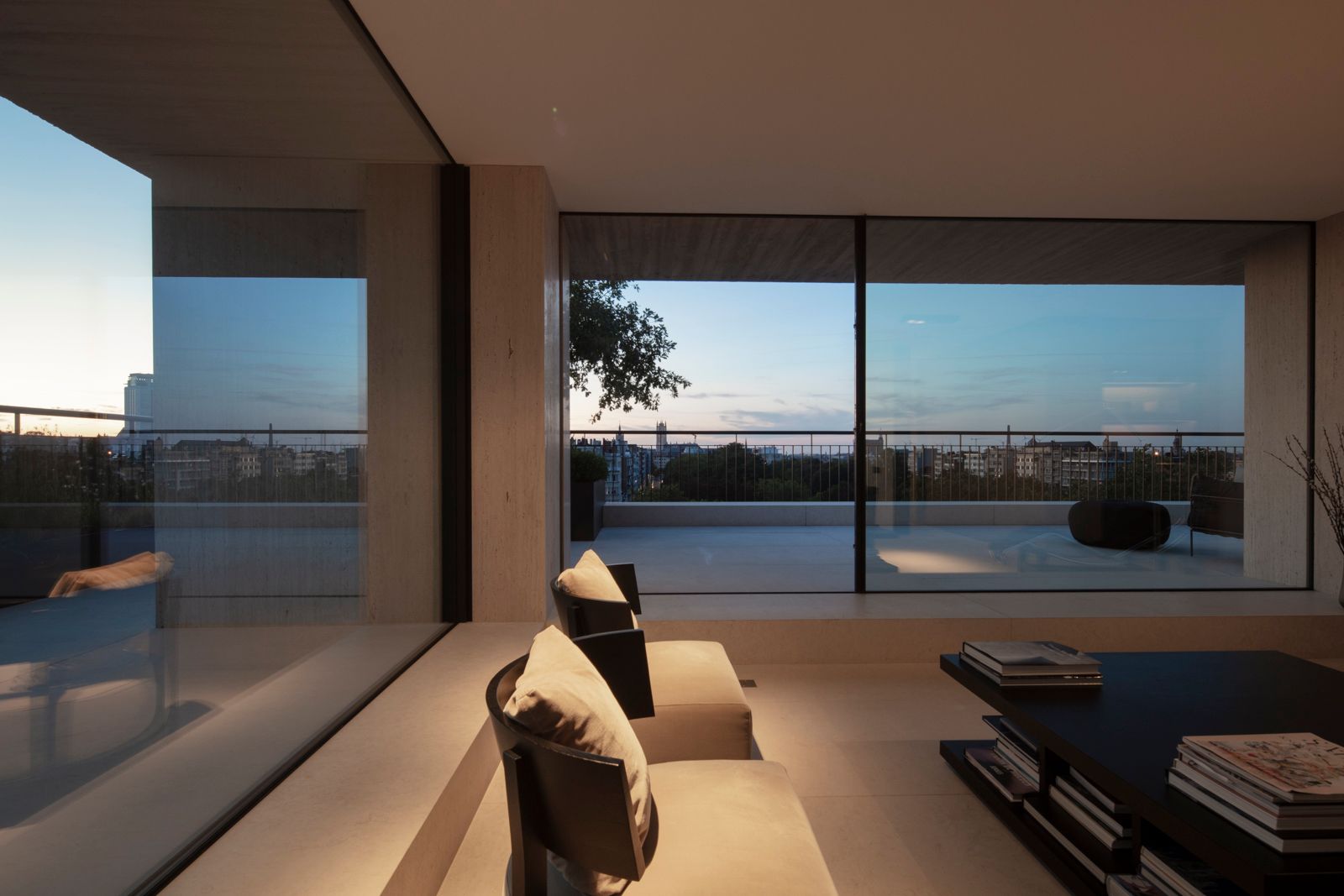January 2025 Agenda: A Global Month for Architects and Designers
As January 2025 approaches, several significant events are scheduled for the global architecture and design community. These events will take place across Europe and North America, providing opportunities to explore current trends, engage with industry leaders, and examine the relationship between creativity and functionality. Below are five key events that will influence the architectural and design discourse this month.
BAU
Date: January 13-18, 2025
Location: Munich, Germany
The BAU trade fair, held every two years, is recognized as the leading event in architecture, materials, and systems on a global scale. This year, Munich will serve as the venue for discussions centered on digital transformation, sustainability, and advanced materials in the construction industry. The event will convene architects, designers, and engineers to explore developments in building practices.
OTIIMA will present its recent advancements in minimal window solutions at this event. Attendees can visit Hall C5, Booth 119, to learn about the integration of aesthetic design and engineering precision in their latest system.

Maison&Objet
Date: January 16-20, 2025
Location: Paris, France
Maison&Objet is recognized for its combination of luxury, creativity, and craftsmanship, serving as an important event for interior design professionals and enthusiasts. The current edition centers around the theme of "Future Heritage," which explores the integration of tradition and modernity in design to generate new concepts for living spaces.
The event provides a structured experience that includes product launches and opportunities for networking with notable designers and brands. It serves as a significant showcase for architects focusing on interiors and individuals seeking inspiration for custom projects.
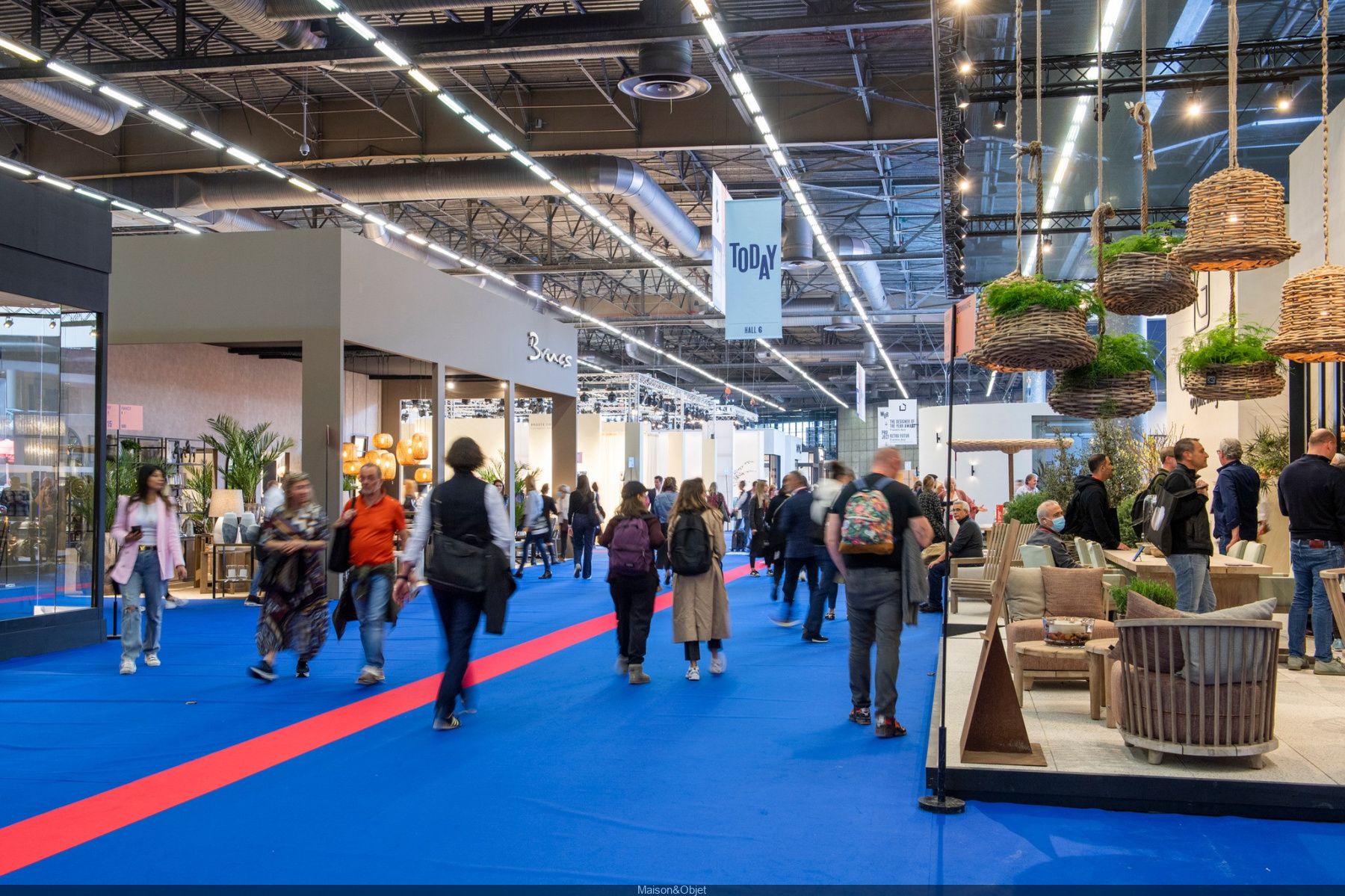
IDS Toronto
Date: January 23-26, 2025
Location: Toronto, Canada
The Interior Design Show (IDS) Toronto is recognized as a significant event in Canada's design landscape. IDS Toronto 2025 will showcase contemporary interior and industrial design, highlighting innovative products, technologies, and trends that challenge traditional aesthetics.
The event will include presentations from global design leaders, advanced installations, and opportunities for attendees to engage with designers influencing future spaces. IDS Toronto aims to provide a range of ideas and inspiration for various projects.
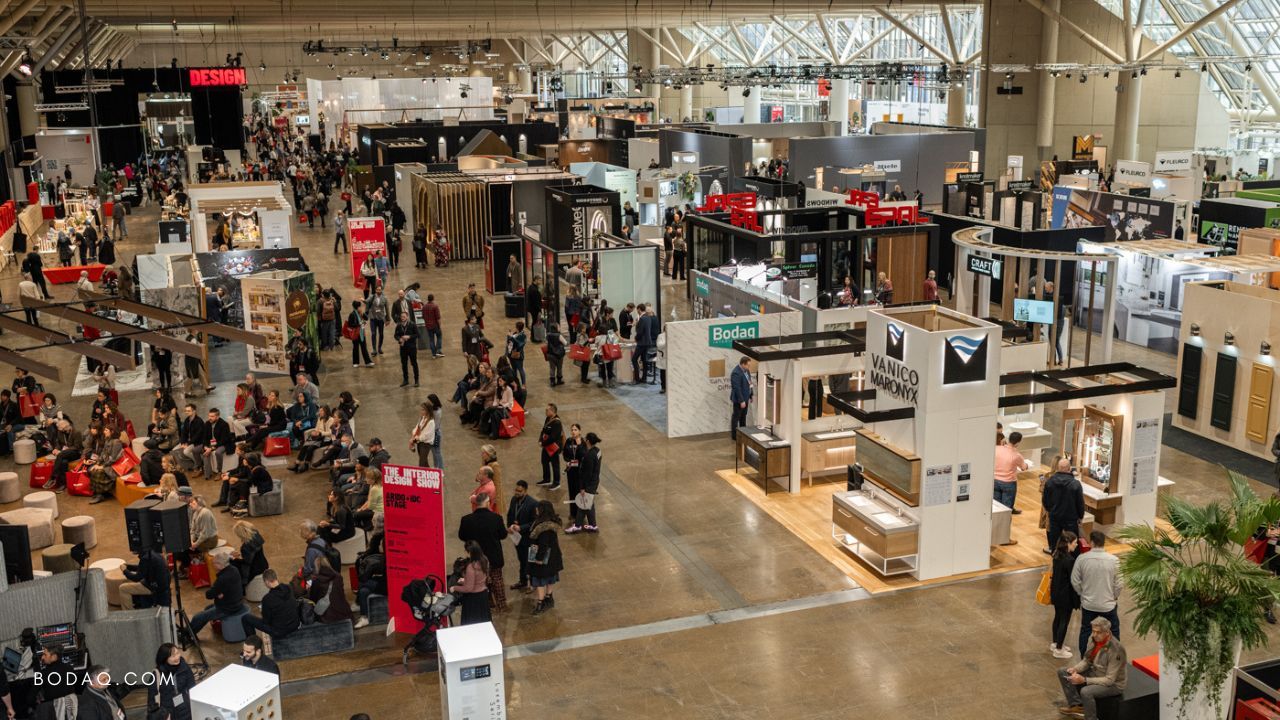
DesignTO
Date: January 24 - February 2, 2025
Location: Toronto, Canada
DesignTO runs concurrently with IDS and transforms the city of Toronto into a platform for creativity. This festival serves as an open forum that focuses on art, architecture, and design in various forms. DesignTO highlights the diverse ways design influences daily life, featuring pop-up exhibitions and public installations.
The event emphasizes collaboration and community engagement, making it relevant for both professionals and design enthusiasts. It provides opportunities to explore innovative urban solutions and discover independent designers, aiming to offer an informative and engaging experience.
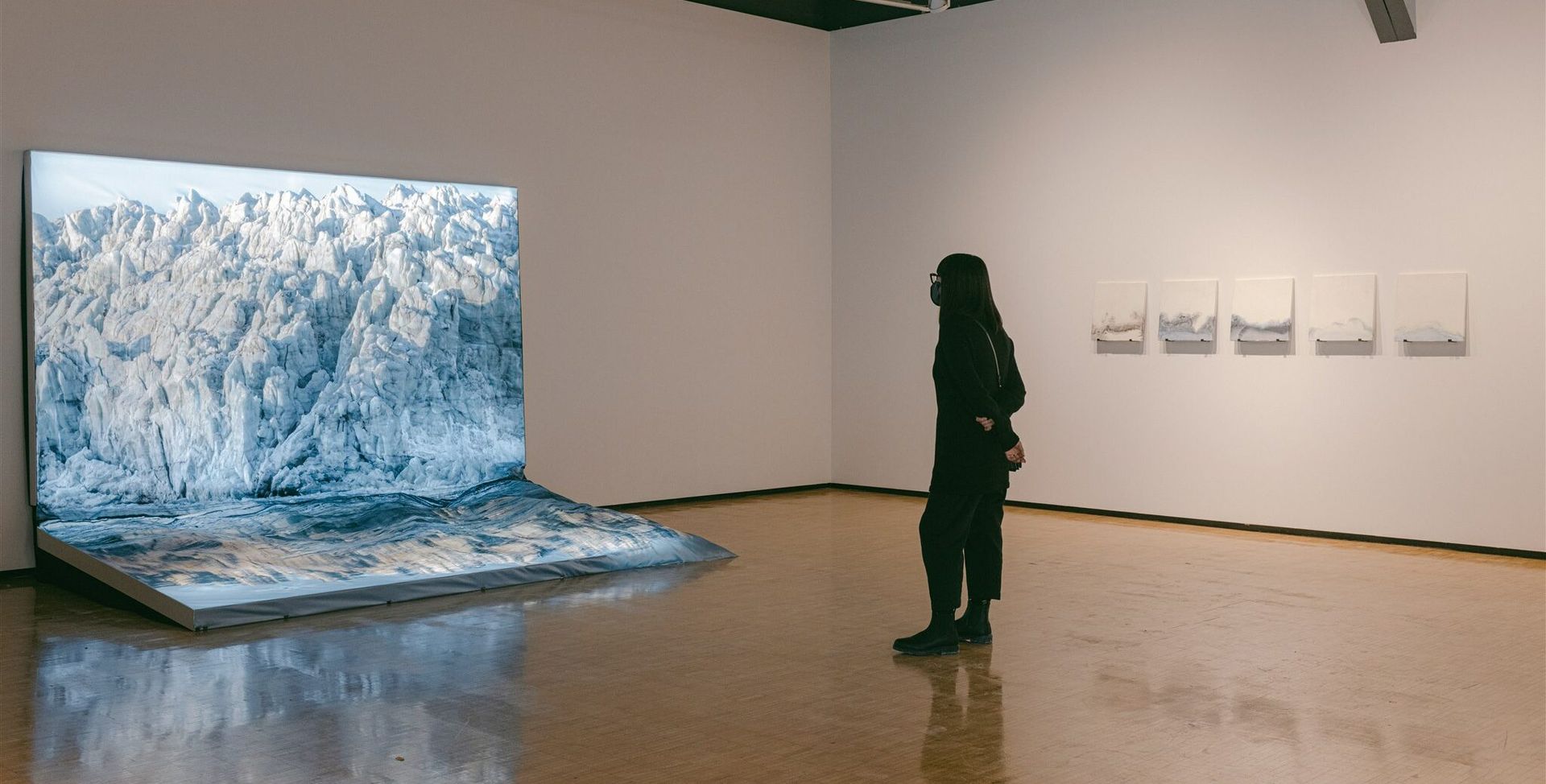
©Christine Lim
100 Women Architects: The Exhibition
Date: 18 October 2024 to 28 March 2025
Location: London, UK
An exhibition in London highlights the contributions of 100 influential women architects from around the world. The exhibit, running through March 2025, examines various narratives and projects that have impacted contemporary architecture. It emphasizes representation and innovation, showcasing the roles of women in shaping the architectural field across different time periods.
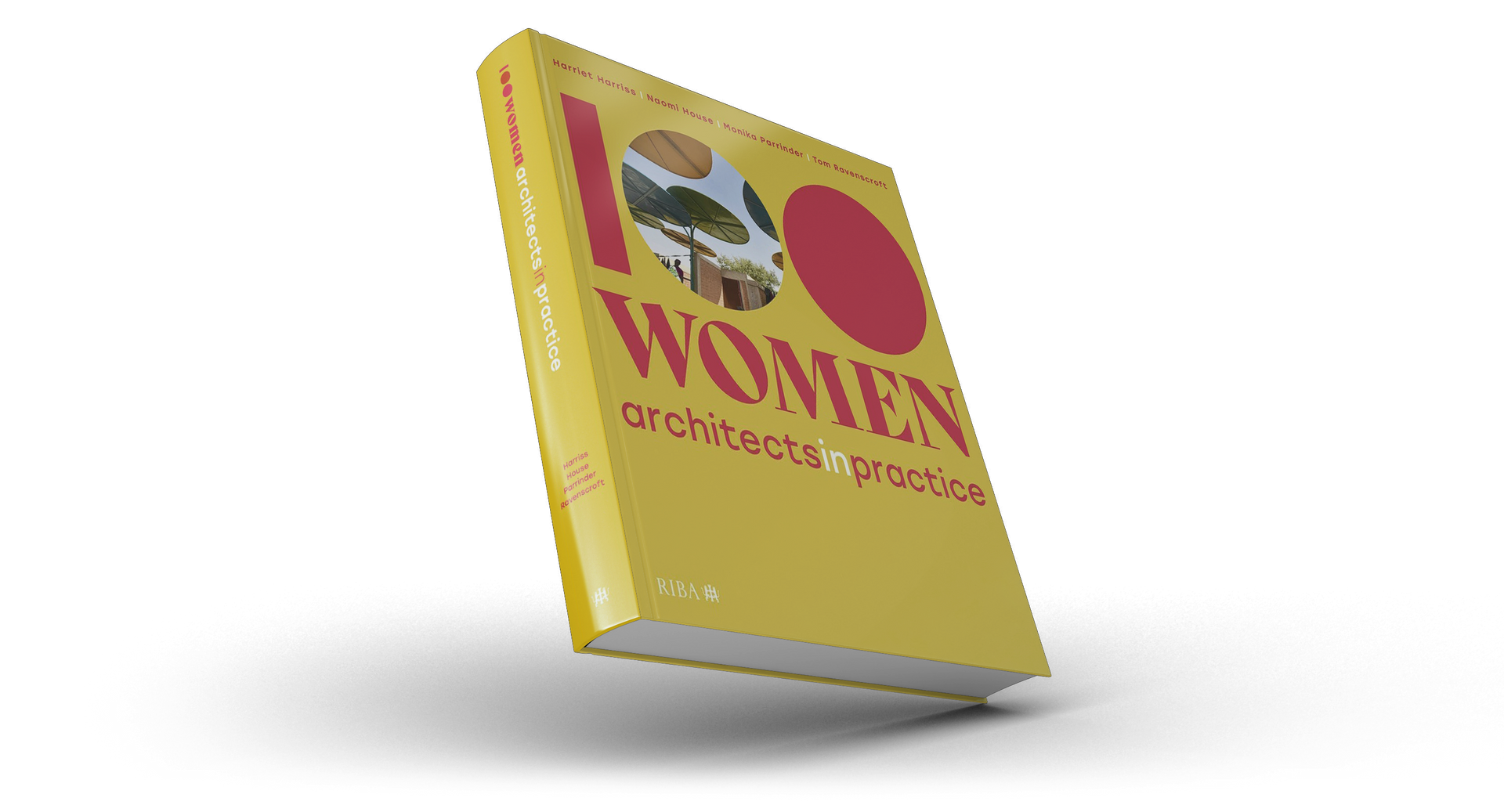
January 2025 features a variety of events for architecture and design professionals. Key highlights include the technical innovations presented at BAU, the artistic contributions showcased at Maison&Objet, and the creative activities at Toronto's twin events. These global gatherings provide opportunities for attendees to explore new ideas and approaches in the design field for the upcoming year.
